形位公差英文翻譯
Geometric Dimensioning and Tolerancing (GD&T) is a system used in engineering to communicate design requirements for manufactured parts. One of the key components of GD&T is positional tolerancing, which specifies the allowable deviation of a feature from its desired location.
http://m.ebankmanager.com/common/images/14372658226908415.jpg
Positional tolerancing is achieved through the use of a geometric tolerance called 'Position,' which combines both a linear tolerance and an angular tolerance. This tolerance is used to control the location, orientation, and alignment of features on a part.
One important aspect of positional tolerancing is the concept of 'datum features.' These are reference features on a part that are used to establish a coordinate system for all other features on the part. The position of each feature is then measured relative to these datum features, allowing for a consistent and reliable method of measuring and inspecting parts.
Another important aspect of positional tolerancing is the use of 'form controls,' which specify the allowable deviation of the shape of a feature from its ideal form. This includes controls for straightness, flatness, roundness, cylindricity, and profile.
Overall, the use of positional tolerancing and GD&T is critical for ensuring that manufactured parts meet the design requirements and function correctly in their intended applications. By communicating design requirements clearly and accurately, GD&T helps to minimize errors, reduce waste, and improve the quality of the final product.
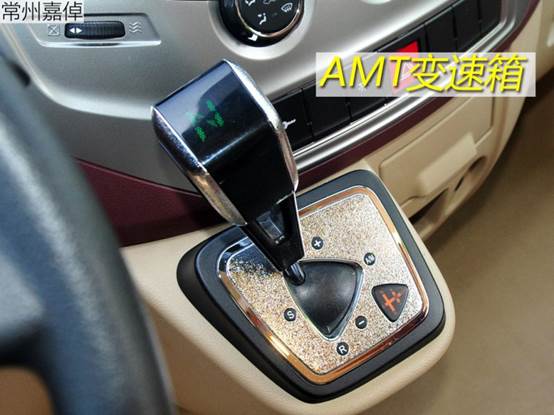
變頻空調(diào)變頻模塊故障
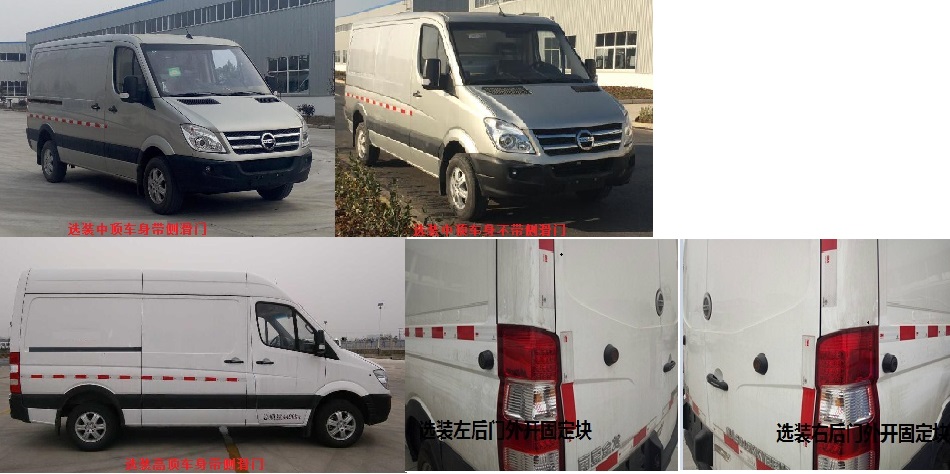
如何檢測(cè)空調(diào)制冷效果
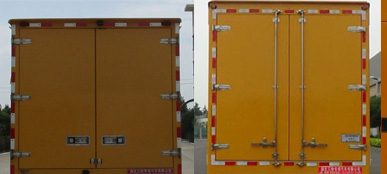
惠普電腦免費(fèi)維修點(diǎn)
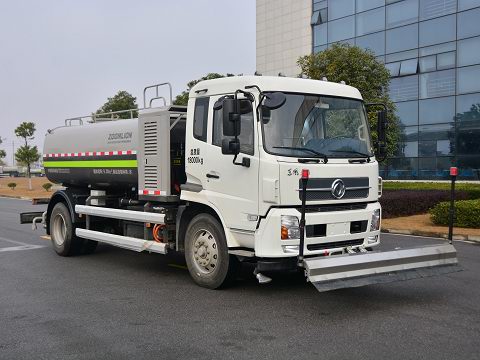
長(zhǎng)春市海爾電腦售后服務(wù)部
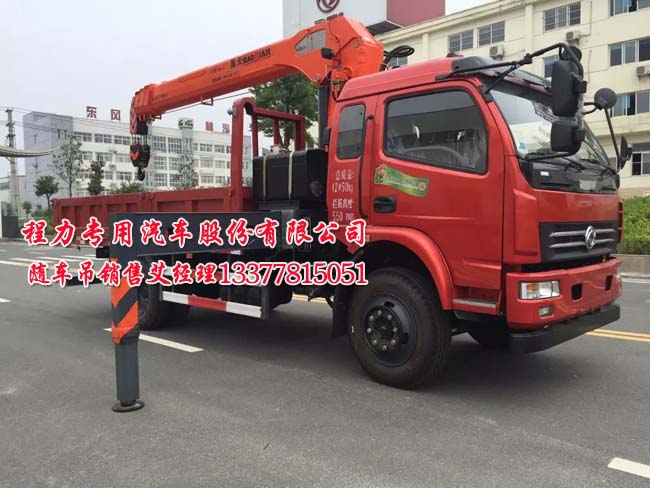
三星洗衣機(jī) c級(jí)品
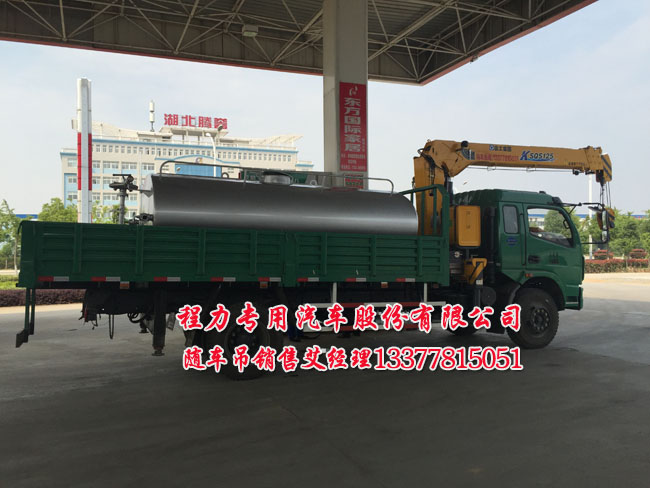
普通電高壓鍋電路圖

寶雞三星手機(jī)售后服務(wù)

萬(wàn)家樂(lè)熱水器水箱凍裂
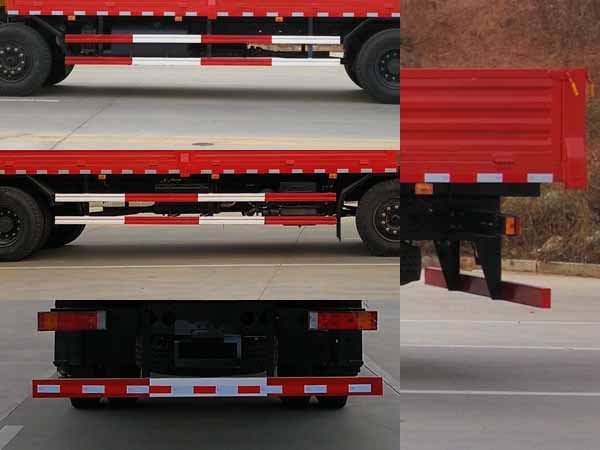
三洋 中央空調(diào)

多田電熱水器官方網(wǎng)站
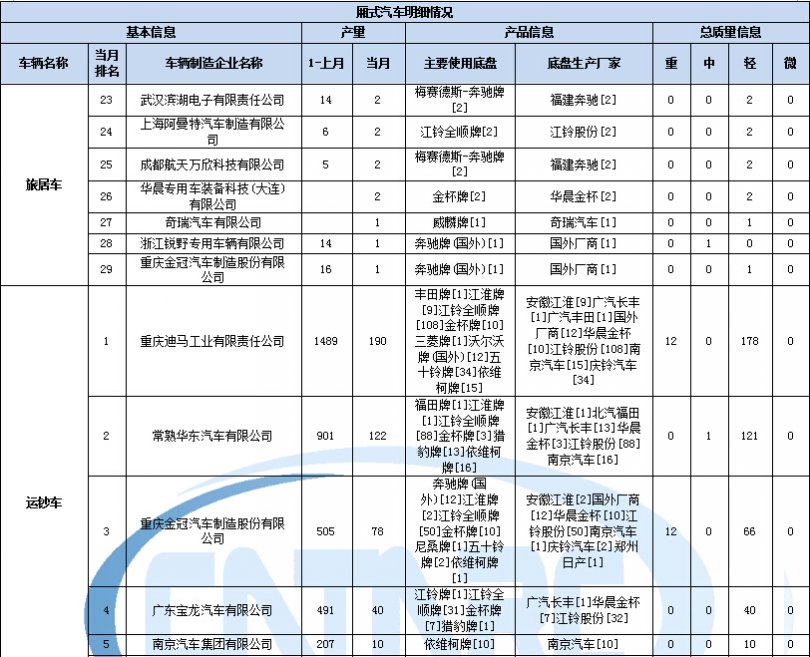
寧波奧克斯熱水器售后

三菱空調(diào)主板型號(hào)大全

如何知道空調(diào)加氟量
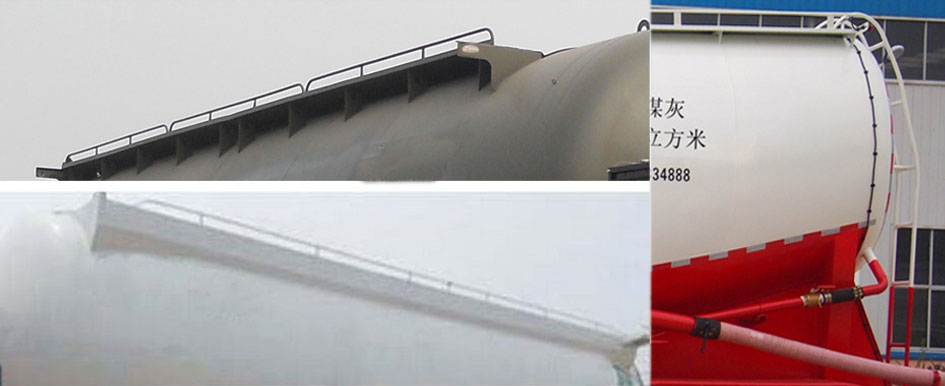
電視ld屏重還是led重

42k06ra主板
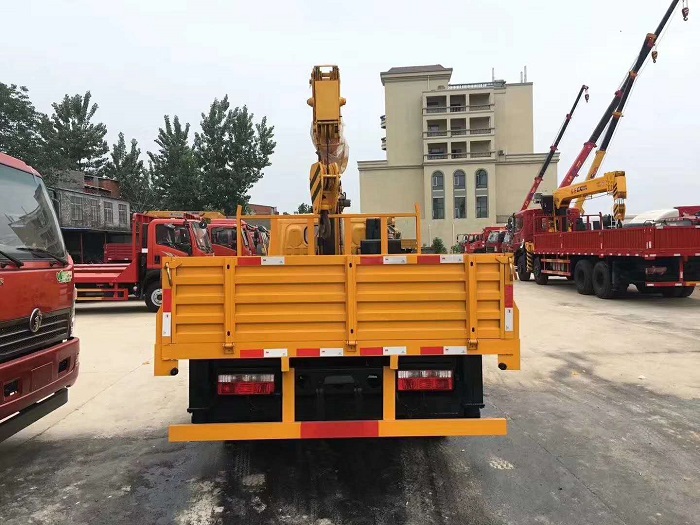
豆?jié){機(jī)電氣原理
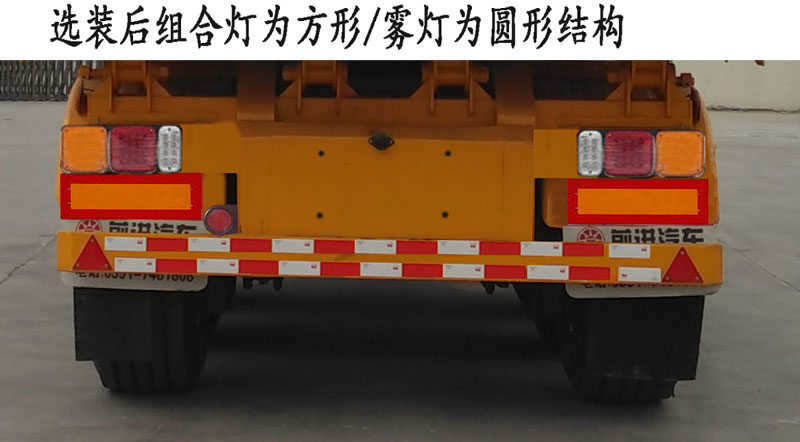
美的豆?jié){機(jī)防溢電路圖

康佳sp21808開(kāi)不了機(jī)

空調(diào)夏季制冷壓力

29寸組裝電視機(jī)機(jī)圖紙